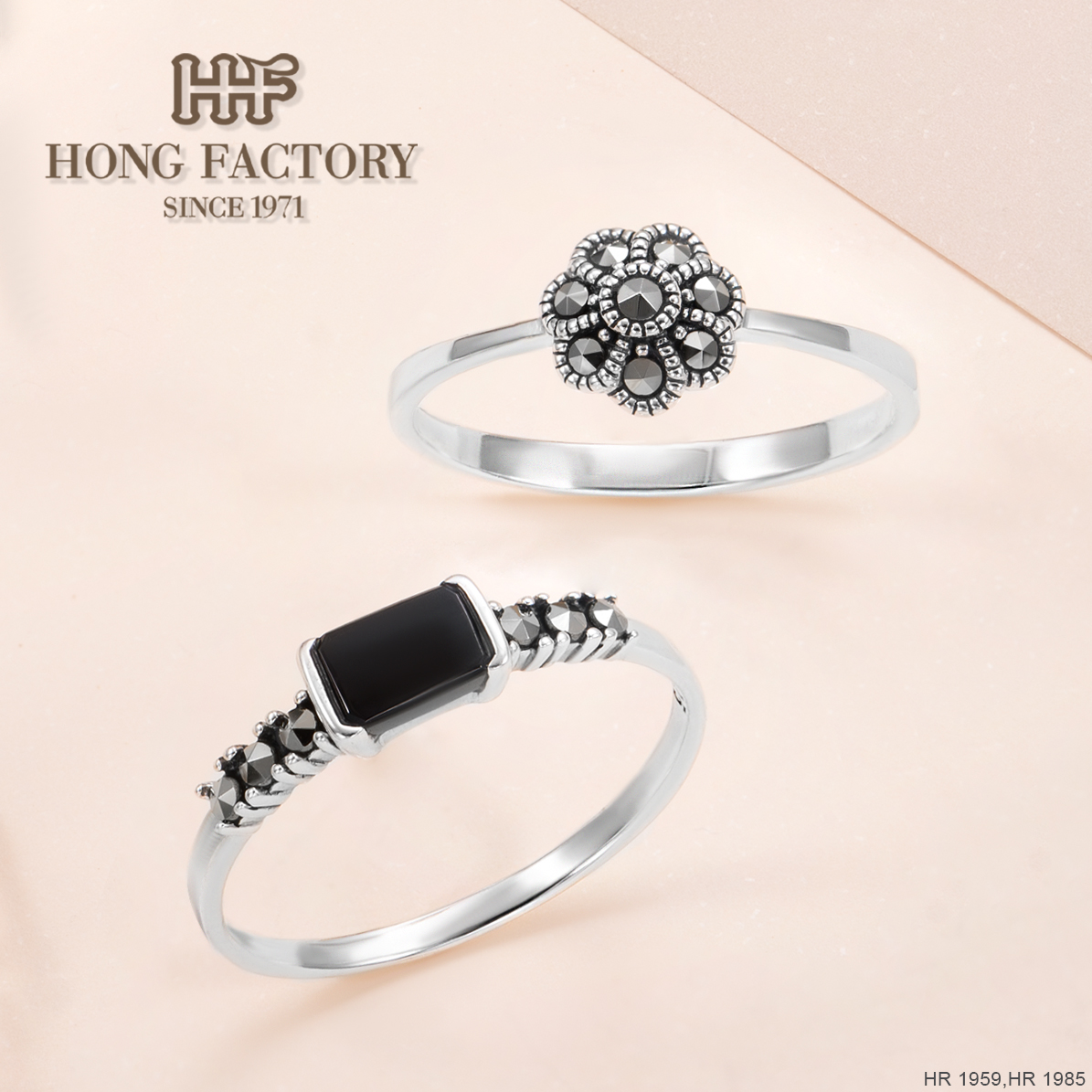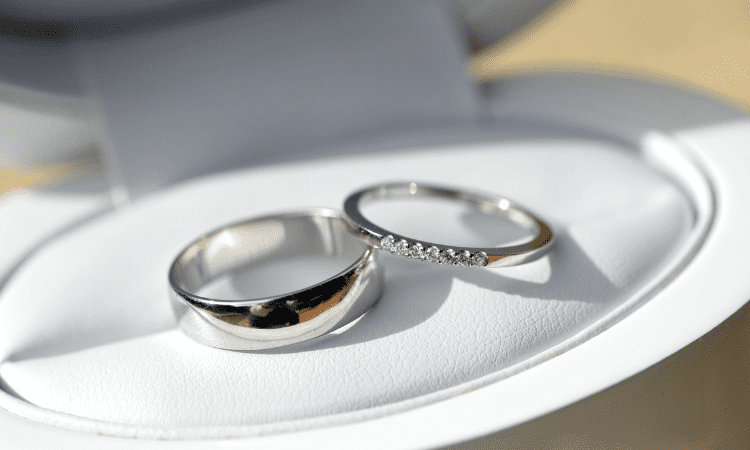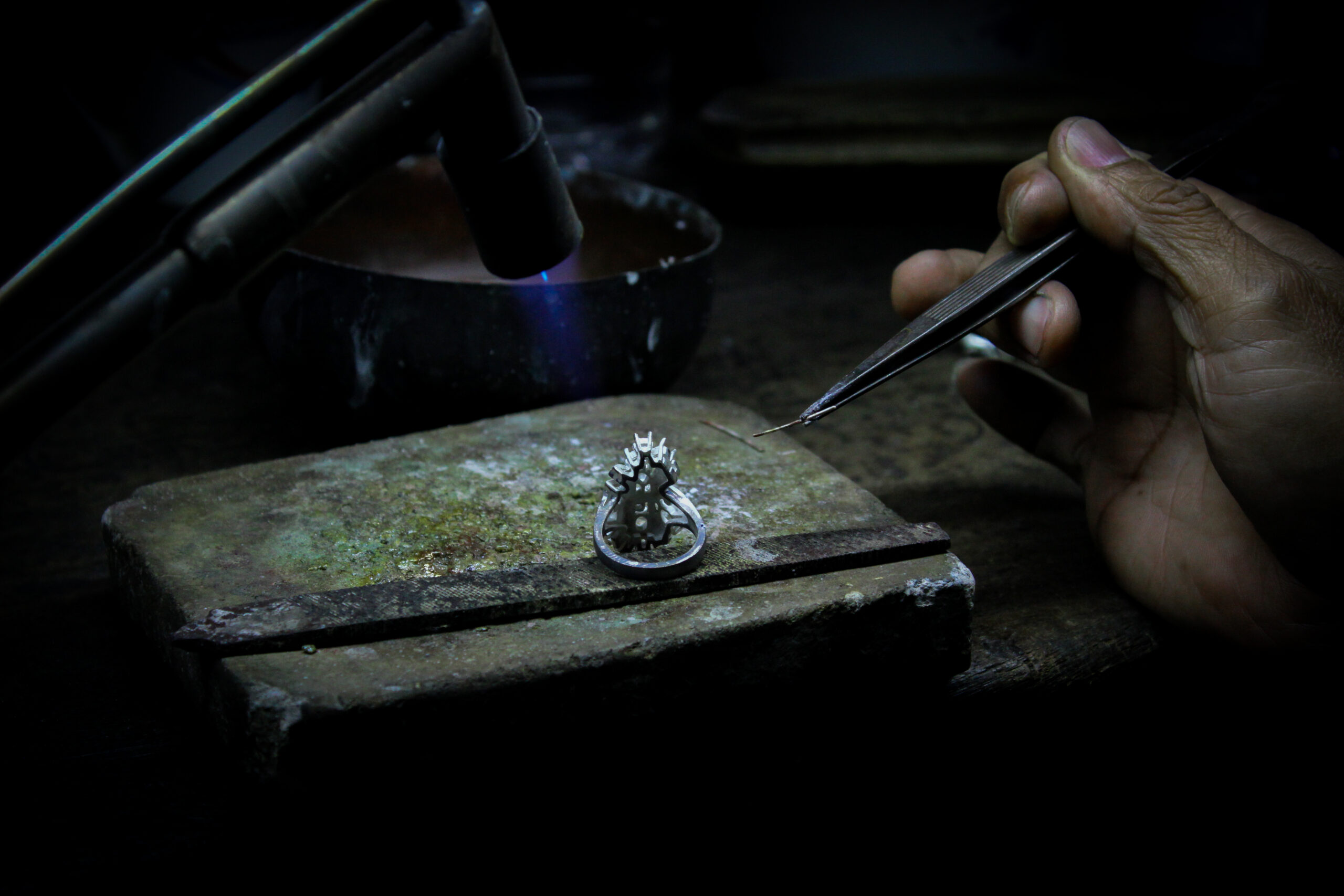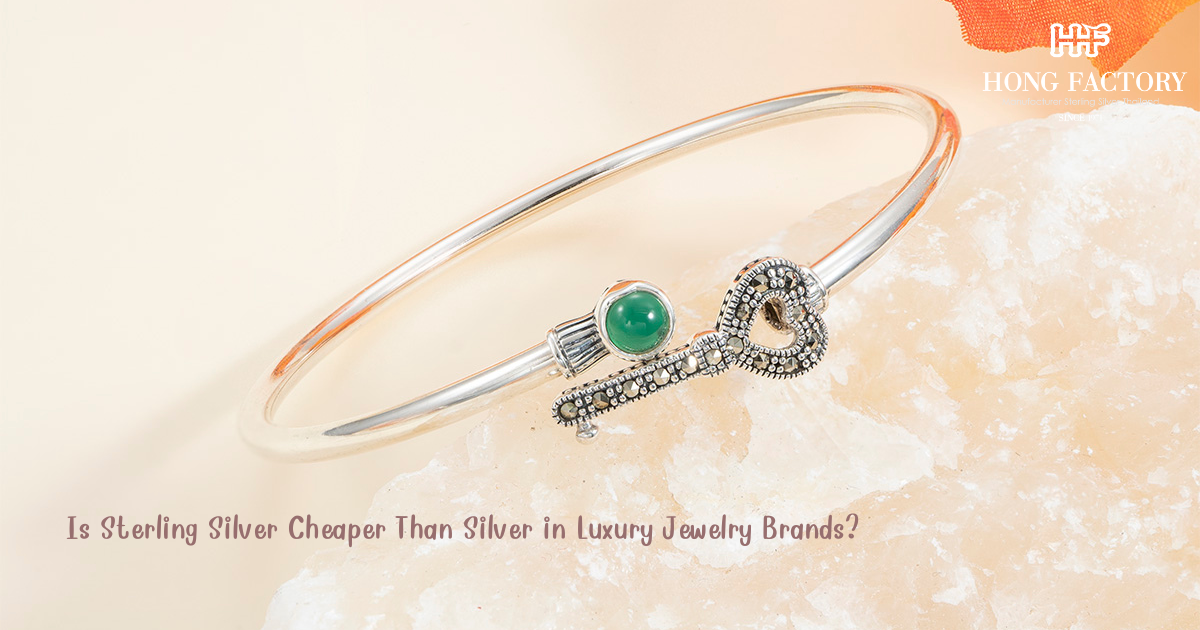Luxury jewelry brands have long celebrated silver for its timeless beauty, sophistication, and versatility. From high-end fashion houses to bespoke artisan studios, silver continues to be a popular choice for creating elegant and expressive pieces.
But in the world of fine jewelry, a frequent question arises: is sterling silver cheaper than pure silver when used in luxury jewelry collections? The answer is both practical and fascinating, influenced by material science, brand perception, and craftsmanship. marcasite jewelry

Understanding Sterling Silver and Fine Silver in Luxury Jewelry
To understand pricing differences, it’s important to know what separates sterling silver from fine silver. Fine silver (99.9% pure) is the purest form of silver available, valued for its radiant shine and smooth texture. However, its softness makes it prone to bending and scratching a disadvantage for jewelry meant to be worn frequently.
Sterling silver (92.5% silver + 7.5% copper or alloys) is the standard for most high-quality silver jewelry. The addition of copper strengthens the metal, making it more durable and suitable for detailed craftsmanship. For luxury jewelry houses, this balance between beauty and resilience is crucial for maintaining both design integrity and long-term wearability.
Is Sterling Silver Cheaper in Luxury Jewelry Brands?
So, Is Sterling Silver Cheaper than fine silver in luxury jewelry brands? The answer is yes, in terms of raw material cost but not always in final retail price. While sterling silver is less pure than fine silver, luxury jewelry brands often elevate its value through design innovation, brand prestige, and finishing techniques. This means that a sterling silver piece from a renowned brand could cost far more than a pure silver piece from an independent maker.
The lower base cost of sterling silver allows brands to focus more on creative artistry, gemstone embellishments, and premium finishes like rhodium plating or gold vermeil. These details transform an affordable metal into a luxury product, distinguished not just by material value but by craftsmanship and design.
Why Luxury Brands Prefer Sterling Silver
- Durability and Longevity: Fine silver is too soft for everyday wear, especially in luxury designs that demand lasting perfection. Sterling silver’s strength allows jewelers to create intricate patterns and secure gemstone settings.
- Workability: The alloy blend in sterling silver makes it easier to craft detailed designs without risk of deformation. This allows luxury brands to explore bold and modern aesthetics.
- Affordability for Design Flexibility: Using sterling silver helps brands allocate more budget toward gemstone quality, artistic finishes, and marketing.
- Visual Appeal: When polished or plated, sterling silver offers a brilliant white shine that rivals platinum or white gold, enhancing its perceived luxury.
For these reasons, most major jewelry brands from Tiffany & Co. to Pandora and David Yurman use sterling silver as their go-to silver standard.

Fine Silver’s Limited Role in Luxury Jewelry
While fine silver exudes purity and prestige, its softness limits its practical use in wearable luxury jewelry. It’s often reserved for collectible pieces, commemorative items, or high-art designs where purity is a statement of exclusivity rather than functionality.
For instance, fine silver might appear in limited-edition pendants, sculptures, or ceremonial accessories showcased by luxury brands, but not in rings or bracelets intended for daily wear. These rare uses emphasize artistic value over practicality, targeting collectors and connoisseurs rather than general consumers.
Comparing Costs and Value in Luxury Markets
From a wholesale perspective, fine silver always carries a higher price per gram due to its 99.9% purity. However, when it comes to luxury jewelry pricing, the metal’s base cost contributes only a fraction to the overall retail price. The rest comes from brand value, design exclusivity, gemstone selection, and finishing.
For example, a sterling silver bracelet from a luxury house could sell for $500–$1,000, while the same amount of fine silver in raw form might only cost $100. The perceived value is not about purity alone, it’s about brand storytelling, craftsmanship, and presentation.
Design Philosophy and Modern Trends
Modern luxury jewelry embraces sterling silver as a canvas for innovation. Designers appreciate its malleability and compatibility with various textures, from high-polish finishes to brushed matte effects. Its ability to hold shapes and support gemstone inlays makes it ideal for both classic and avant-garde creations.
Luxury brands often experiment with mixed materials combining sterling silver with enamel, pearls, gemstones, or gold plating to achieve unique visual depth. This trend reflects the modern consumer’s desire for expressive, wearable luxury rather than static display pieces.

Brand Perception and Consumer Value
For luxury jewelry buyers, sterling silver carries prestige not because of its purity, but because of the brand craftsmanship behind it. A sterling silver piece from a globally recognized brand embodies artistic heritage, design mastery, and emotional value elements that transcend raw metal worth.
Moreover, sterling silver jewelry remains one of the most accessible entry points into the world of luxury. Many high-end brands use sterling silver collections to attract new customers, offering attainable luxury while maintaining brand exclusivity.
Longevity and Maintenance
Luxury sterling silver jewelry is often treated with rhodium plating or anti-tarnish coatings, ensuring long-lasting brilliance. Fine silver, while less prone to tarnish, remains fragile and prone to surface damage. For high-value jewelry that must look perfect for decades, sterling silver provides the ideal balance of durability and beauty.
With proper care and storage, sterling silver jewelry can maintain its radiant finish for generations, developing a subtle patina that enhances its vintage appeal a hallmark of enduring luxury.
The Accessible Luxury of Sterling Silver
So, Is Sterling Silver Cheaper Than Silver in Luxury Jewelry Brands? Yes in terms of raw material cost. But in the realm of fine jewelry, luxury is not defined by metal purity alone. Sterling silver’s strength, luster, and adaptability make it the preferred choice for high-end brands seeking elegance, durability, and timeless appeal.
From intricate designer rings to statement necklaces, sterling silver represents the intersection of artistry and accessibility. It proves that luxury doesn’t have to rely solely on rare metals true sophistication lies in craftsmanship, design, and the enduring beauty of sterling silver.
